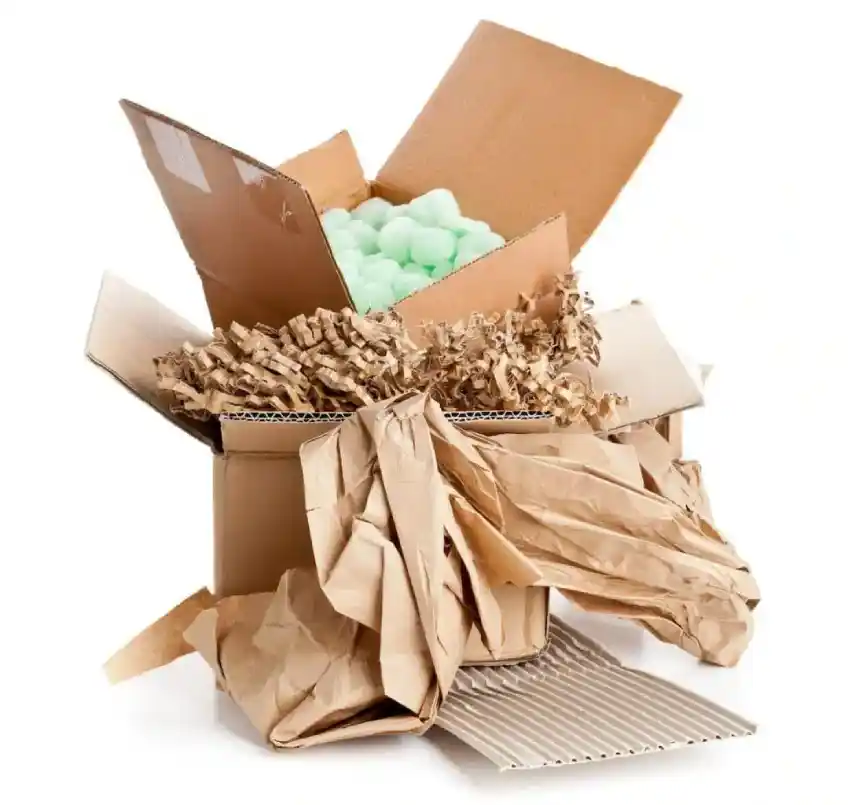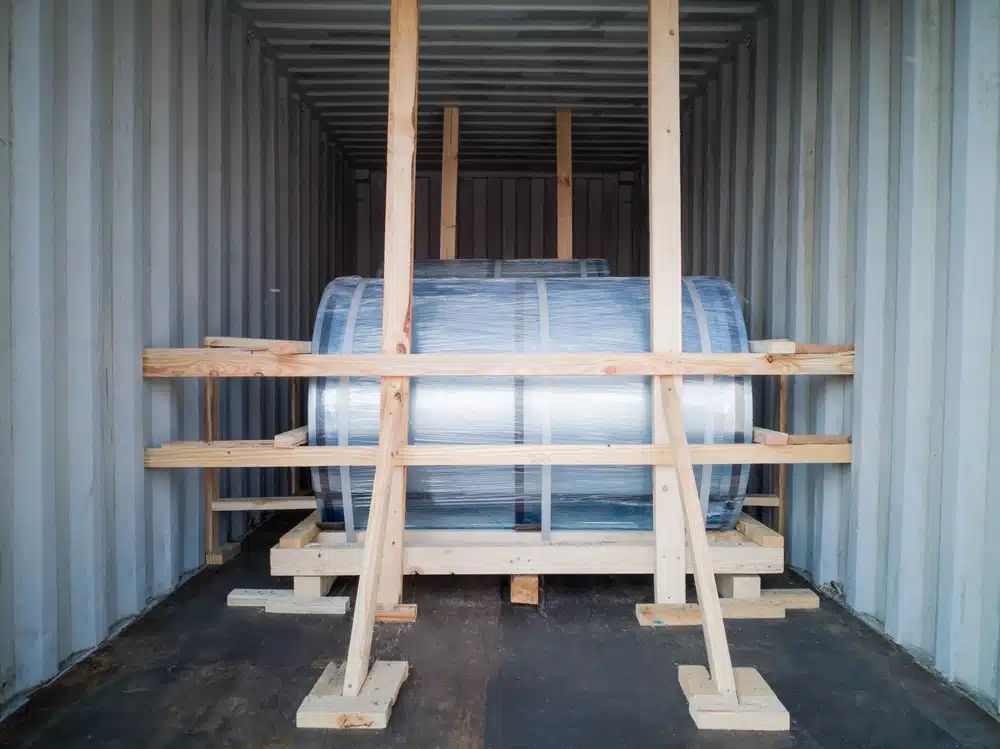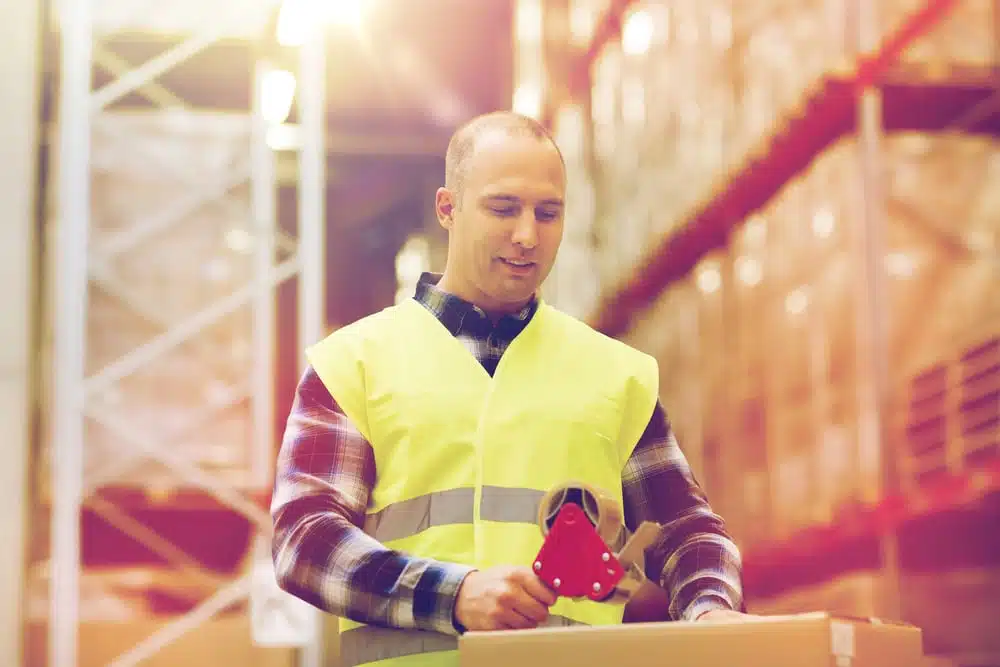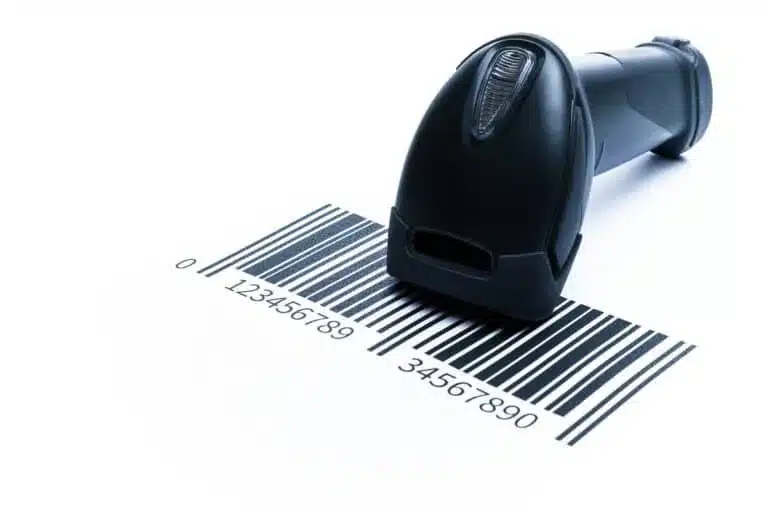
A Comprehensive Guide to Dunnage for Warehouse Operators, 3PLs, and Distribution Centers
As a warehouse operator, 3PL, or distribution center, you understand the importance of using the right dunnage materials to protect your shipments. Dunnage refers to the padding, cushioning, or supporting materials used in shipping containers to protect the items being shipped. The proper selection and use of dunnage can prevent damage to your products, ensuring they arrive safely at their destination. In this comprehensive guide, we will explore various dunnage materials, their applications, and best practices for their use in warehouse management.
Why Is Dunnage Important?
Dunnage plays a crucial role in the shipping process by protecting products from damage during transportation. The appropriate use of dunnage materials can prevent costly losses and returns, ensuring that products arrive safely and in excellent condition. Additionally, using proper dunnage materials can enhance the efficiency of warehouse facilities and shipping operations.
Who Needs to Use Dunnage?
Dunnage is essential for any business involved in shipping products, including e-commerce stores, warehouse operators, 3PLs, distribution centers, and manufacturers. From packing materials to custom dunnage solutions, understanding and utilizing the right dunnage materials is key to maintaining product integrity and meeting customer expectations.
Common Dunnage Materials and Their Applications
Kraft Paper
Kraft paper is a popular and inexpensive dunnage material used to fill gaps in shipping containers. It is a versatile and eco-friendly option, as it is often made from recycled paper. Kraft paper can be crinkled or wadded up to create a cushioning barrier between items or used as a gap filler to prevent smaller items from shifting during transit.
Bubble Wrap
Bubble wrap is a widely-used dunnage material that provides excellent shock absorption for fragile items. Its air-filled pockets offer a high level of protection for sensitive items, such as electronics or medical equipment. Bubble wrap can be cut to specific dimensions to fit the size of the items being shipped.
Corrugated Paper
Corrugated paper, also known as cardboard, is a lightweight and cost-effective dunnage material. It can be used to create barriers between items in a shipping container, offering protection from scratches and impact damage. Corrugated paper can be custom-cut to fit specific dimensions or folded to create custom blocks for added support.
Foam Dunnage
Foam dunnage is a versatile and protective material used for heavy or delicate items. It can be custom-molded to fit the shape of the items being shipped, offering superior protection and shock absorption. Foam dunnage is available in various densities and types, making it suitable for a wide range of applications.
Air Pillows
Air pillows, or dunnage bags, are inflatable plastic bags used as gap fillers and cushioning for lighter items. They provide excellent shock absorption and can be easily adjusted to fit the size of the shipping container. Air pillows are a sustainable dunnage option, as they can be deflated and reused multiple times.
Packing Peanuts
Packing peanuts are small, lightweight foam pieces used to fill empty spaces in shipping containers. They can be made from various materials, including biodegradable options, and are an inexpensive way to protect goods during transit. Packing peanuts are best suited for smaller items or as a supplementary dunnage material.
Solid Plastics
Solid plastic dunnage is a durable and long-lasting option for heavy items or items with very specific dimensions. It can be custom-molded or fabricated to fit the exact shape of the products being shipped, ensuring a snug and secure fit. Solid plastics are especially useful for high-value shipping or items that require additional protection during transit.
Steel and Wood Dunnage
Steel and wood dunnage materials are primarily used for heavy goods or cargo that require robust support. These materials can be used to create barriers or custom supports within the shipping container, ensuring that heavy items are adequately secured and protected from damage.

Choosing the Right Dunnage Material for Your Needs
Assessing the Risks
When selecting the appropriate dunnage material, it is crucial to consider the potential risks associated with shipping your products. These risks can include moisture, rough handling, sharp or heavy items, and other factors that may cause damage during transit.
Prioritizing Sustainability
Sustainability should be a consideration when selecting dunnage materials. Options such as recycled paper, biodegradable packing peanuts, and reusable air pillows can help reduce your environmental footprint. Although we will discuss sustainable practices in a separate article, it is worth mentioning that opting for sustainable dunnage materials is an essential step towards eco-friendly warehousing.
Balancing Cost and Protection
Consider the trade-off between the cost of dunnage materials and the level of protection they offer. Inexpensive options like kraft paper and corrugated paper may be suitable for low-risk shipments, while more expensive dunnage materials, such as custom foam or solid plastics, may be necessary for high-value or delicate items. Keep in mind that the most expensive dunnage materials may not always be the best choice for every situation. It’s crucial to strike a balance between cost-effectiveness and adequate protection for your products.
Best Practices for Using Dunnage
Proper Dunnage Placement
To maximize the effectiveness of your chosen dunnage materials, including damage protection dunnage, ensure they are correctly placed within the shipping container. Use dunnage to fill gaps, create barriers between items, and provide support for heavy or fragile items. Ensuring that your products are well-secured with the right damage protection dunnage can help prevent damage during shipping.
Size-Appropriate Packaging
Choose a shipping container that closely matches the size of the items being shipped. Using a container that is too large can result in excessive movement during transit, increasing the likelihood of damage. Conversely, using a container that is too small can result in inadequate protection from dunnage materials.
Mixing Dunnage Types
In some cases, it may be beneficial to use a combination of dunnage types to provide optimal protection for your products. For example, using bubble wrap for fragile items and kraft paper as a gap filler can help ensure that your products arrive safely and undamaged.

Conclusion
Selecting and using the appropriate dunnage materials is crucial for warehouse operators, 3PLs, and distribution centers to protect their shipments and ensure their products arrive safely at their destination. By understanding the various dunnage options available, assessing the risks associated with your products, and following best practices for dunnage use, you can minimize damage during shipping and maintain the integrity of your products.
As a leader in warehouse management software, Logimax is dedicated to helping you optimize your warehouse operations and make informed decisions about key aspects of your supply chain. We hope this comprehensive guide to dunnage has provided valuable insights to improve your shipping processes and protect your products during transit.
Remember, selecting sustainable dunnage materials and implementing eco-friendly warehousing practices can contribute to a greener future for your business and the environment.
Frequently Asked Questions (FAQs)
What is the difference between dunnage and packing materials?
Dunnage, occasionally called ‘dunnages’, refers specifically to materials used within a shipping container to protect items during transit, whereas packing materials can include external packaging components, such as boxes, envelopes, or pallets. While there is some overlap between the two terms, dunnage primarily focuses on the protective materials used inside the packaging.
How do I choose the best dunnage material for my products?
What is the difference between dunnage and packing materials?
Dunnage, occasionally called ‘dunnages’, refers specifically to materials used within a shipping container to protect items during transit, whereas packing materials can include external packaging components, such as boxes, envelopes, or pallets. While there is some overlap between the two terms, dunnage primarily focuses on the protective materials used inside the packaging.
Can I use multiple types of dunnage materials in a single shipment?
Yes, using a combination of dunnage materials can offer optimal protection for your products. For example, you may use bubble wrap to protect fragile items and kraft paper or crinkle paper as gap fillers to prevent items from shifting during transit.
Are there any sustainable dunnage materials available?
Sustainable dunnage materials, such as recycled paper, biodegradable packing peanuts, and reusable air pillows, can help reduce your environmental impact while still providing adequate protection for your products. In an upcoming article, we will discuss sustainable practices in warehouse management in more detail.



